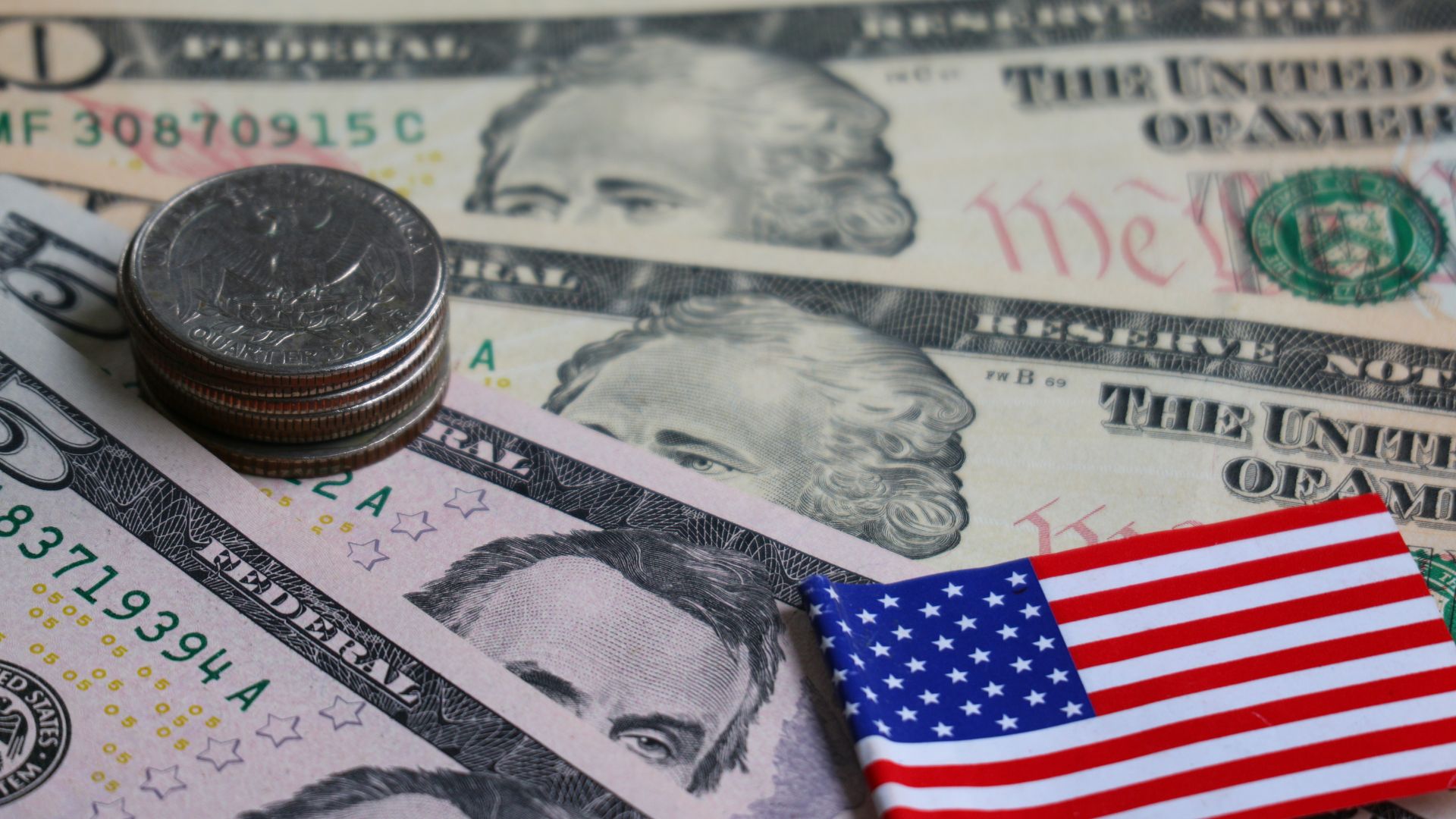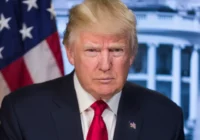At the end of 2022, the US federal government, the world’s largest issuer of securities, had a debt of $31.3 trillion. The main debt holders of this debt are as follows:
- $12 trillion is owned by US private investors such as mutual funds, pension funds, banks, and insurance companies.
- $6 trillion is held by the Federal Reserve, the US central bank.
- $7 trillion is owed to US agencies and trusts, such as the Social Security Trust Fund, the Military Retirement Fund and the Medicare Fund.
- $7 trillion has been purchased by foreign holders, with 50% owned by foreign official accounts, i.e. central banks, and 50% by foreign private investors.
Many investors have suffered substantial losses from holdings of long-term US government bonds. As interest rates rose, the prices of existing bonds with lower coupons had to drop in order to make them competitive with newer bonds issued with higher coupons.
The price of too many “high-quality” assets
After the Global Financial Crisis of 2007-08, regulators forced banks to increase their holdings of so-called high-quality liquid assets. These were debt instruments issued by the US government and government-sponsored entities (GSE).
Banks duly raised their bond holdings from around $1 trillion in 2008-09 to almost $5 trillion in 2022. As interest rates rose, unrealized losses reached $620 billion in the fourth quarter of 2022, eating into banks’ capital. This directly led to the undercapitalization and collapse of Silicon Valley Bank, the 16th largest bank in the US, in March 2023.
Given recent events, it is doubtful that banks or insurance companies will be willing to absorb large amounts of government debt.
The Federal Reserve is, by far, the largest holder of US government debt, with $8.4 trillion. As stated earlier, $6 trillion is US government debt. Another $2.4 trillion is debt issued by government sponsored entities (GSEs) like Fannie Mae, Freddie Mac, and Ginnie Mae. Legally, GSE debt isn’t government debt. In reality, the government backs GSEs and, therefore, this is US government debt too. In any case, as interest rates rose, prices of existing bonds declined, causing over $1 trillion in unrealized losses for the US central bank. Those losses exceed its paid-in capital ($35 billion) by more than 30 times.
Interestingly, the Federal Reserve treats its capital deficiency as an asset. The US central bank usually generates large profits, most of which are transferred to the US Treasury. If the Federal Reserve incurs a loss, it would have no profits to remit to the Treasury. It would accumulate what is known as a “deferred asset.” The deferred asset must be reduced to zero before any further transfers to the Treasury can be made.
While the central bank cannot become insolvent, its credibility could still suffer. The Federal Reserve already owns a large share of outstanding government debt. Private investors could question if the prices of such bonds reflected free market forces or whether they were artificially propped up by intervention from one large, price-insensitive buyer.
The balance sheet of the Bank of Japan (BOJ), for example, now exceeds 120% of the GDP. It owns more than half of all Japanese Government Bonds (JGB) outstanding. As a result, trading in JGBs has dried up. In October 2022, 10-year JGBs, supposedly among the most liquid bonds, did not register a single trade for four consecutive days.
Theoretically, there is no limit to how many government bonds central banks can own. However, they must consider practical issues such as market domination, impact on credibility and liquidity of government bonds when making their purchases.
Apart from the Federal Reserve, another large holder of US government debt is the Social Security Trust Fund. It owns almost $3 trillion of US debt. Since 2021, payouts from the fund have exceeded its income. As per current estimates, the fund will be depleted by the year 2034. This will transform the fund from a buyer to a seller of Treasury securities.
Foreign Central Banks Are Reluctant to Buy More US Treasuries
As of January 2023, foreign investors own $7.4 trillion of Treasury securities. This represents 23.6% of US government debt.
Among foreign holders, official accounts (central banks, sovereign wealth funds and supra-national organizations) and private investors (corporations, investment funds and individuals) held approximately $3.7 trillion each.
It is important to note that foreign central banks have not added to their holdings of Treasury securities over the past ten years. In fact, they have now become net sellers. Since June 2021, they have reduced their holdings by $564 billion. This reduction has occurred largely because Japanese and Chinese central banks have sold over $200 billion of US Treasury securities.
Over 80% of the reduction in Japanese holdings occurred in the three-month period from August to October 2022. This coincided with a pronounced weakness in the exchange rate of the Japanese yen, which reached 150 yen per US dollar. If Japan had bought more US treasury securities, it would have released more yen in the market. This increase in the supply of yen would have caused a further fall in the value of the Japanese currency. Therefore, the Japanese Ministry of Finance had no option but to sell US Treasury holdings to raise dollars and then sell these dollars to buy yen. This operation supported the price of the Japanese yen and stopped it from falling further.
Despite growing US-China tensions, the Chinese central bank remains the second-largest foreign holder of US Treasury securities. Now, it has no reason to keep financing US fiscal deficits and, by implication, American military spending. Beijing and Washington are now increasingly hostile to each other and the prospects of a military confrontation have been rising in recent months.
In contrast, the holdings of other countries are not as large as their Asian counterparts. The UK owns $129 billion, Belgium $111 billion and Canada $86 billion. They continue to purchase US securities but cannot fill the gap left by Japan and China.
Over the past two decades, private foreign investors have increased their holdings from a mere $424 billion to $3.7 trillion. This increase occurred because these investors were looking for better returns. Government bonds in Europe and Japan were offering negative yields. Banks and insurance companies purchased US Treasury securities instead.
Norinchukin Bank, a Japanese cooperative for agriculture, fishing, and forestry, once accounted for 23% of purchases of all US and European collateralized loan obligations (CLO). As Europe and Japan begin to raise interest rates, investors like Norinchukin Bank no longer have to put all their money into US Treasury securities.
Along with relatively higher interest rates, the strength of the dollar attracted private foreign investors. A strong US dollar helped improve returns for foreign investors over the past 15 years. However, since September 2022, the Dollar Index has lost around 13% of its value. A weaker dollar is eating into returns for foreign investors. Therefore, they are more likely to sell US Treasury securities.
There is another development hurting the US dollar. According to recent announcements, foreign nations are moving away from using the US dollar as the settlement currency for international trade. This makes large holdings of dollars unnecessary, adding further downward pressure on the currency.
Another $19 Trillion in Additional Debt on the Horizon
While the current debt is already high, future debt will be even higher. The Congressional Budget Office (CBO) projects US government spending to increase over the next ten years from $6 trillion to $10 trillion dollars. Of the $3.7 trillion increase during this period, only $533 billion is discretionary spending. The majority of increased spending will be mandatory such as Medicaid, Medicare, Social Security and interest payments on US debt.
The annual fiscal deficit is forecasted to double from $1.3 trillion to $2.7 trillion by 2033. This will increase American debt from $27 trillion to $46 trillion. Someone will have to absorb an additional $19 trillion in debt. The US government raises money by levying tax and issuing debt. The US Treasury Department sells securities through auctions by the so-called Primary Dealers. These are large US and international financial institutions. The yield (i.e. return) and the price of the debt depends on investor demand.
Despite the seemingly open market nature of these auctions, they are designed not to fail. Primary Dealers are required to submit bids in case of a lack of investor demand. Since 2008, Primary Dealers can borrow money from the Federal Reserve through the so-called Primary Dealer Credit Facility (PDCF). This means that the central bank can effectively finance government debt under the disguise of loans to Primary Dealers.
The most likely outcome of PDCF is an ever-increasing share of government debt held by the central bank. This raises another important question: Can the central bank simply write down its holdings of government bonds, so as to lower government debt?
Technically, the Federal Reserve could do so. But this would worry other investors if the largest holder of the US debt writes down its value, or worse still, declares it to be zero. This action also would create a large hole in the balance sheet of the Federal Reserve. A big chunk of its assets would evaporate.
The central bank’s liabilities represent public money—currency in circulation and bank reserves. After a write down, its corresponding assets would not cover those liabilities. This would undermine public confidence in money, leading to potentially destabilizing consequences, including an economic meltdown. With constantly ballooning debt, it is clear that the US is entering tricky waters in the 2020s.
The views expressed in this article are the author’s own and do not necessarily reflect Fair Observer’s editorial policy.
Support Fair Observer
We rely on your support for our independence, diversity and quality.
For more than 10 years, Fair Observer has been free, fair and independent. No billionaire owns us, no advertisers control us. We are a reader-supported nonprofit. Unlike many other publications, we keep our content free for readers regardless of where they live or whether they can afford to pay. We have no paywalls and no ads.
In the post-truth era of fake news, echo chambers and filter bubbles, we publish a plurality of perspectives from around the world. Anyone can publish with us, but everyone goes through a rigorous editorial process. So, you get fact-checked, well-reasoned content instead of noise.
We publish 2,500+ voices from 90+ countries. We also conduct education and training programs
on subjects ranging from digital media and journalism to writing and critical thinking. This
doesn’t come cheap. Servers, editors, trainers and web developers cost
money.
Please consider supporting us on a regular basis as a recurring donor or a
sustaining member.
Will you support FO’s journalism?
We rely on your support for our independence, diversity and quality.







Comment